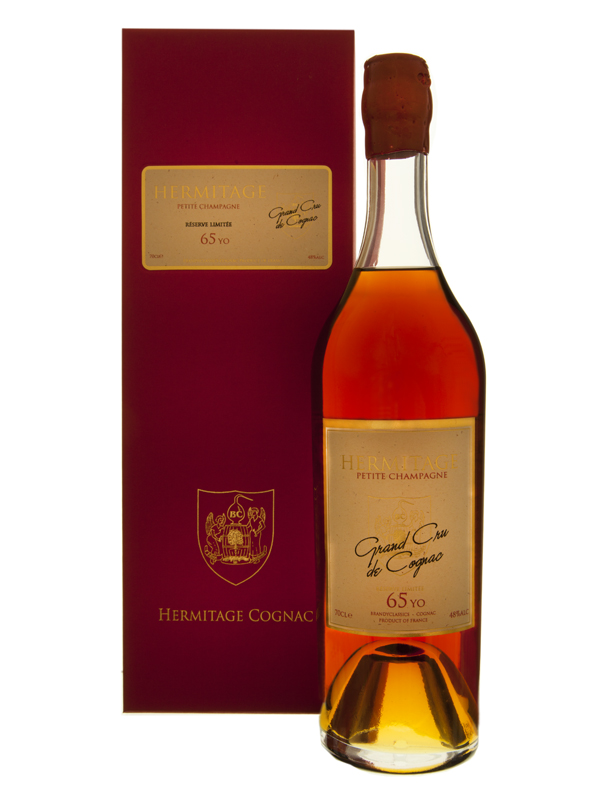David on Technical Topics – The Colour of Cognac Part 1.
There is a long held view amongst cognac drinkers that the darker a cognac appears the longer it has been aged in the barrel and therefore the better and more valuable it is. There is, up to a point, some truth in this view since during the natural ageing process, the tannins in the wood add colour to the barrels’ contents.
Cognacs are aged in barrels made from one of two types of French oak, Limousin or Tronçais. The former comes from the Limousin forests north east of Angouleme and is a fairly wide grain oak whilst the latter, which is a closer grained wood, comes from near the Burgundy area of France. Clearly the wider grain oak allows greater penetration of the spirit into the wood and so enables a faster maturation. For this reason the Limousin oak is the most commonly used.
Prior to use the oak barrels are toasted to remove any harmful tannins. This can be done at different levels varying from quite light to heavy toasting. The heavier a barrel is toasted the darker the cognac will be but as a consequence, it will have more bitterness to its flavour and this can take many years to disappear. Most cognacs are kept in new barrels for a short period immediately after distillation before being transferred to old barrels where colouring occurs more slowly. Barrel size also influences cognac colour since the smaller the barrel, the greater the surface area that can come into contact with the cognac.
The colour of cognac is a very technical subject but one thing is certain, colour is not necessarily an indicator of age. Indeed we have some cognacs that have been stored in oak barrels for sixty or seventy years and retained a light colour. A wonderful example is our Hermitage Réaux 65 Year Old.
Next month I will discuss how the colour can be altered artificially in order to create a false image.
If you would like to learn more about cognac and other brandies, subscribe to our newsletter here.

